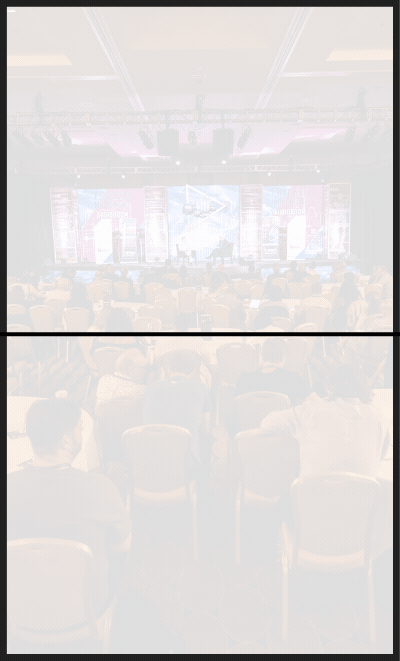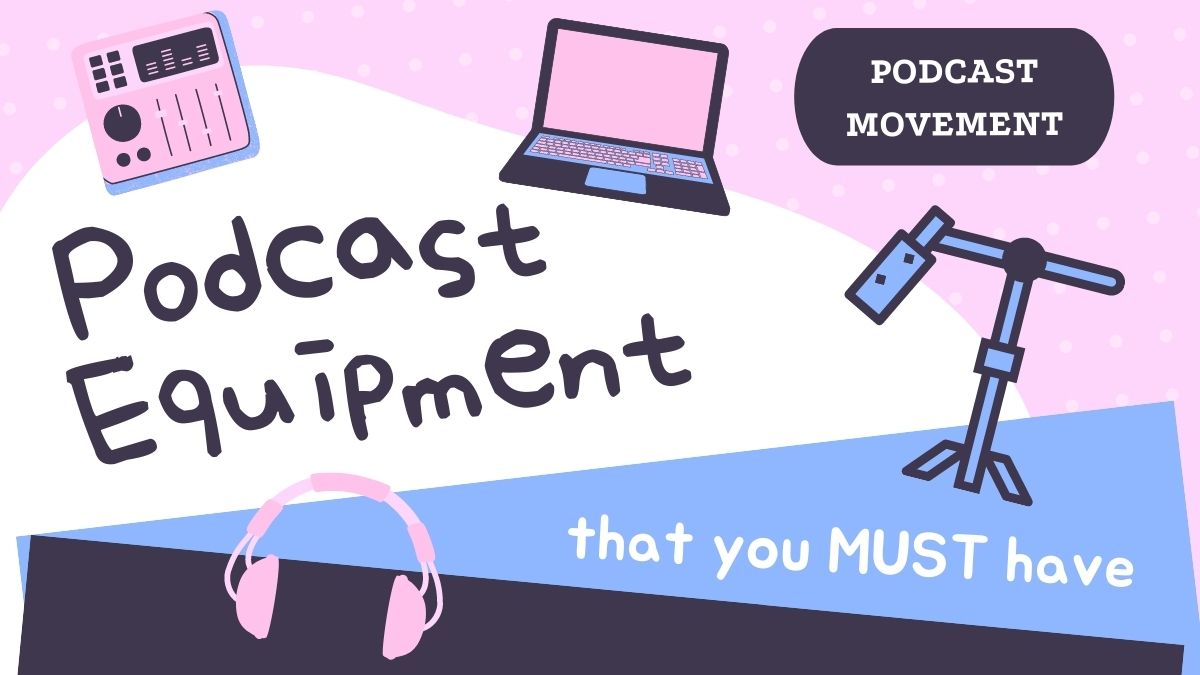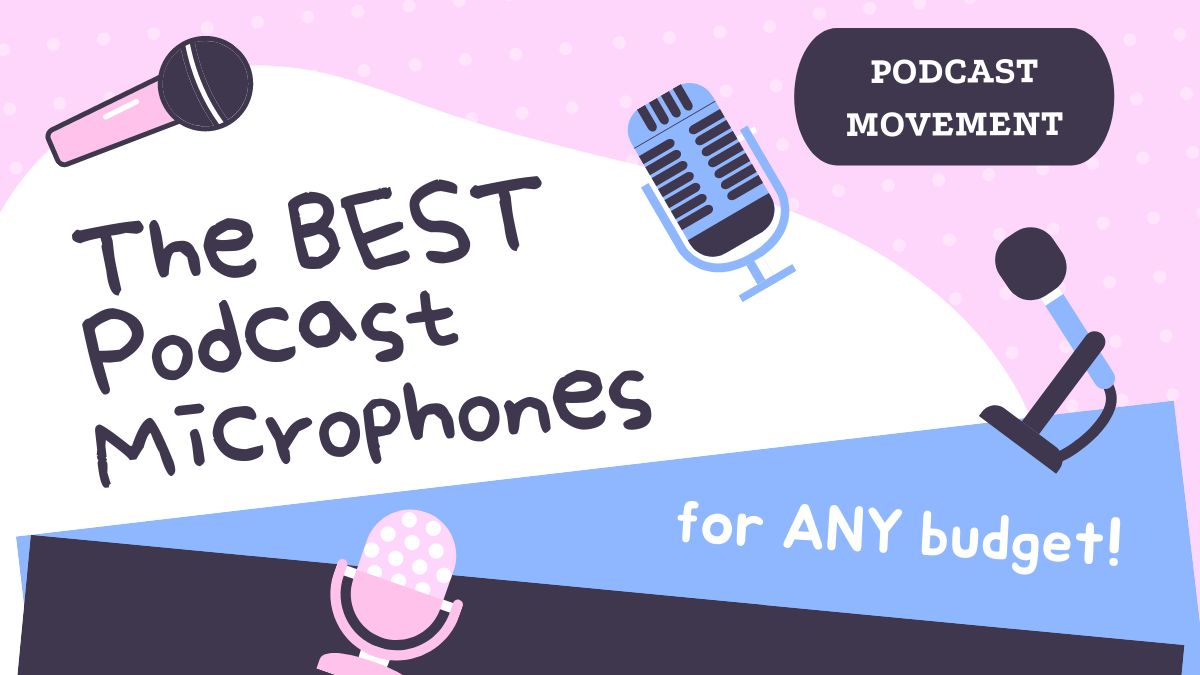With the abundance of podcasts in the market and no regulation regarding audio deliverables such as the CALM Act regulating volume in the broadcast world, it’s incredibly important to teach those editing podcasts technically correct ways to achieve a better edit so their content is not shadowed by poor audio quality, distracting edits, or inconsistencies in processing and volume.
This would be a two person panel. Chelsea Cox is self taught and can speak to people who have their podcast up and running and need to hone in their editing. I (Sarah Wendel) have years of industry experience in film/television/commercials/podcasts and can speak directly to how technically you can accomplish a better edit such as:
a) minimizing dead air to keep pacing natural and consistent
b) reducing filler words such as um, uh, so, right, yeah, etc. to move seamlessly from point to point
c) learning how to edit dialogue in order to naturally cut out stumbles, additional takes, etc. such as using sibilance, hard consonants, and breaths to naturalize cuts
d) how and when to use breaths
e) editing for dramatic pacing and learning to use room tone in order to let the edit itself breathe
This is not DAW specific. While most industry professionals use ProTools, there is an array of people here and it would be unwise to get too specific into individual DAW functions. Instead, I’d like to play examples of short audio clips, unedited and edited so attendees can hear the difference these small edits make across the whole podcast. If additional A/V options are available, I’d like to do a short live edit during a Q&A so they can physically see the waveforms and how I might handle different situations. While this would be in ProTools, I wouldn’t get specific on the modes and tools used within the program, but the overall theory on cutting dialogue. We can upload the audio clips used in the presentation and provide a link so attendees can go back and hear the different examples as well as provide printouts so attendees can graphically look at some of the examples mentioned.



Join the Movement